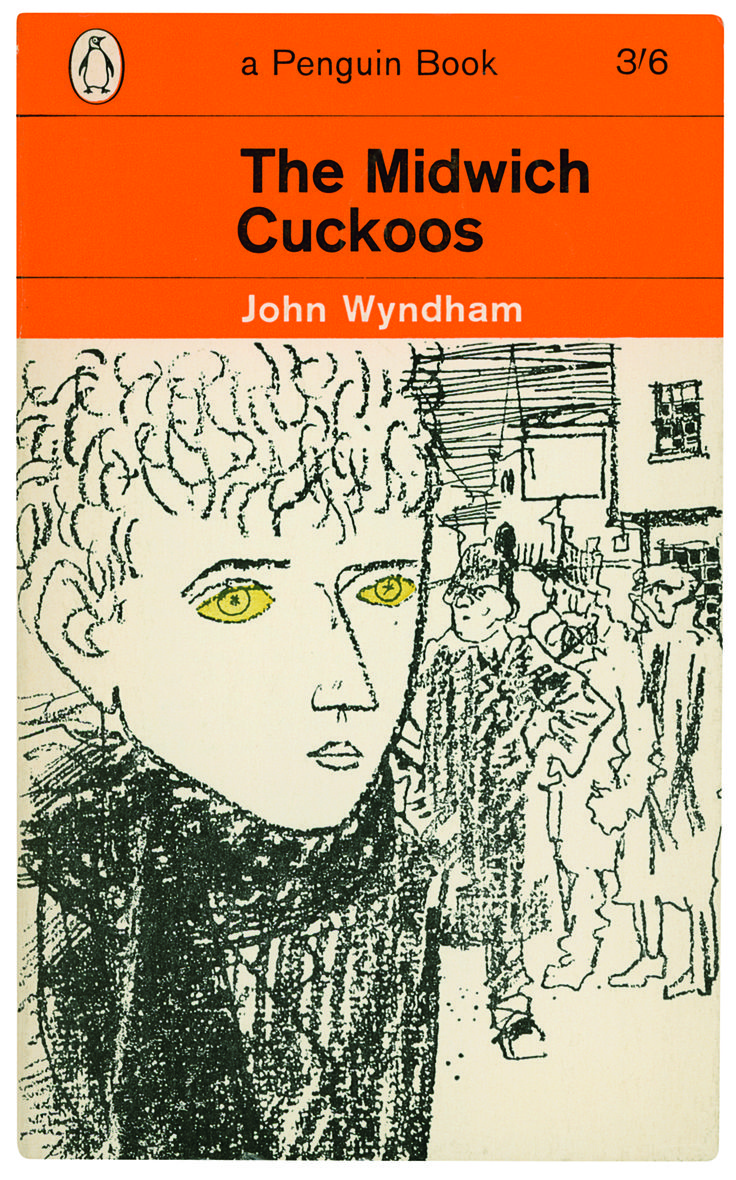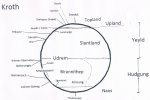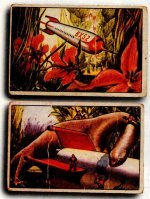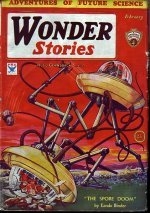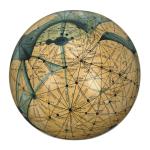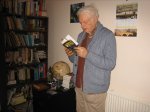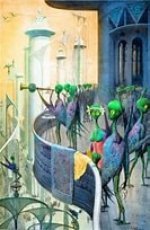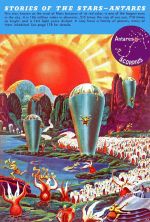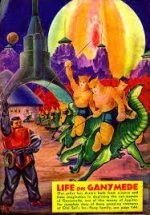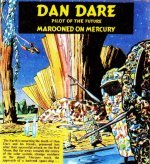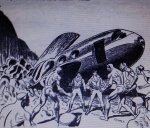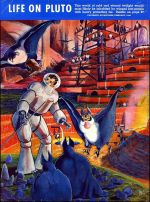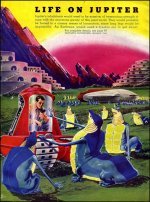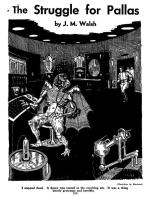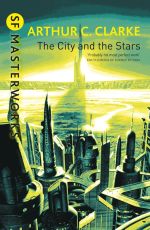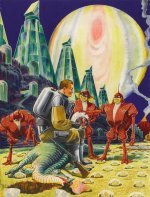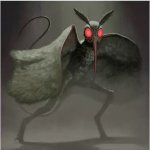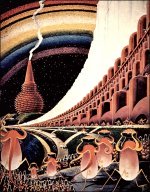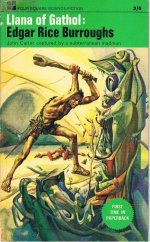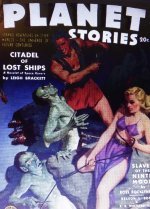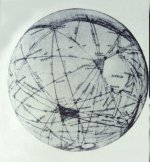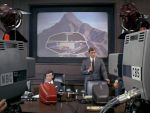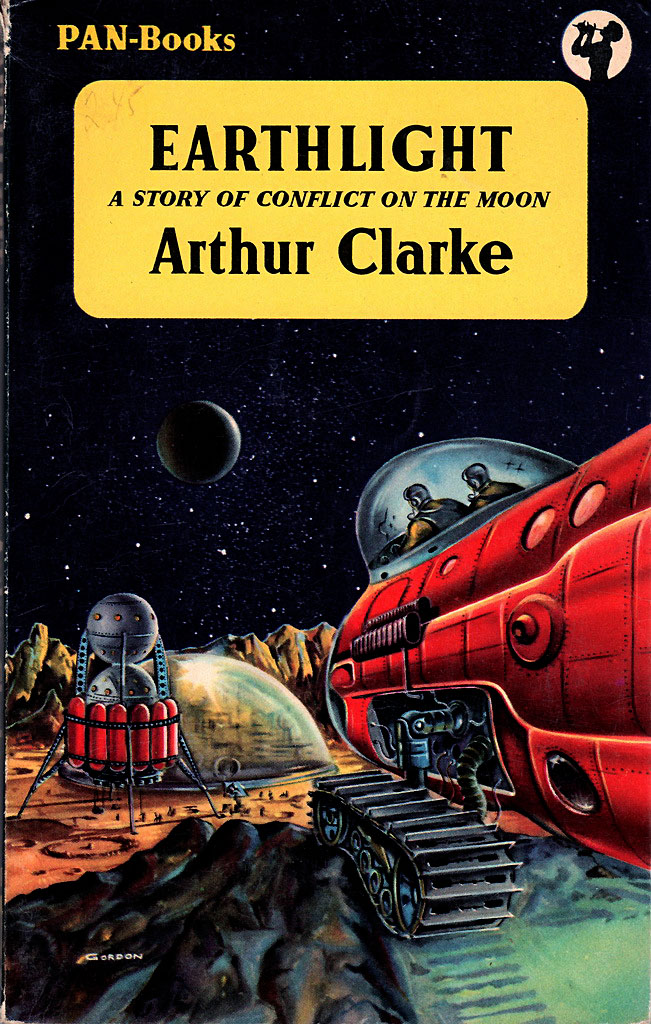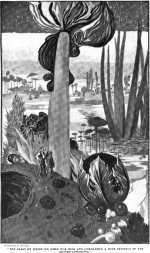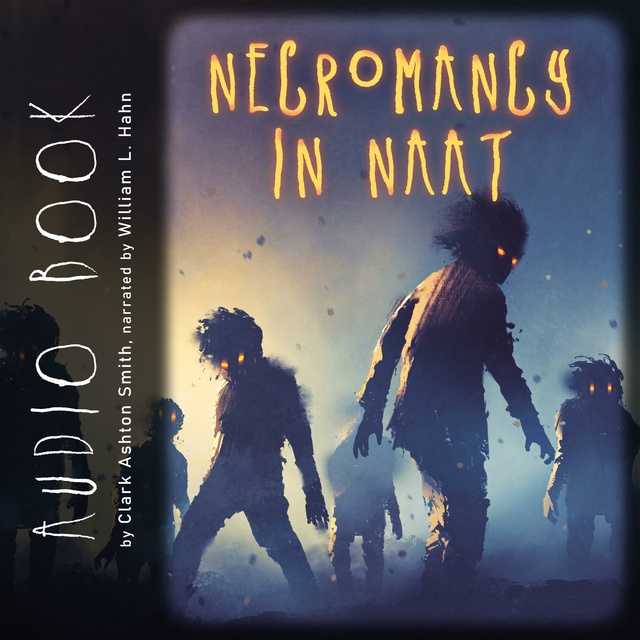a brief history of ooranye
4: the plunderers
[continued from 3. The Lithium Era]
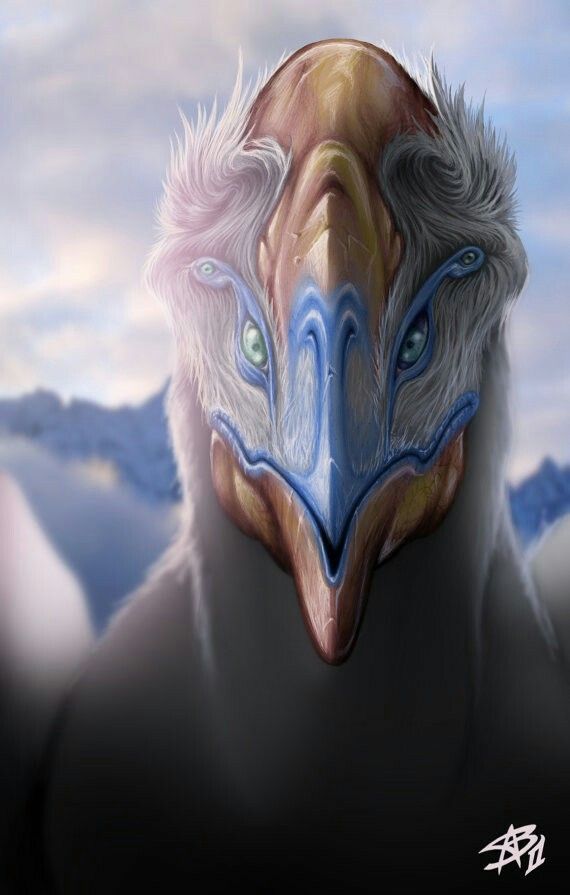
The Conference had ‘cleared the air’. At last the people of Syoom knew for sure that they must come up with something unprecedented, in order to survive.
The Noads of the cities stayed in close touch and formed a standing committee under rotating chairmanship, which grew into a scientific institution known as the Rin-Stazel (“hope-society”).
The Rin-Stazel exuberantly encouraged a great many research projects and private adventurers, questing for the answer to the looming energy crisis. This short era, the Beryllium (Era 4), was a period of febrile but engaging optimism, a good time for eccentric inventors and explorers, subsidised to follow their private bent with the blessing of the Rin-Stazel.
One explorer, Dynnt Eshnun, was less popular than the rest. He had gone into the Mountains of Flame and done the seemingly impossible – had captured an eopc, one of the rare giant birds, the greatest winged creature on Ooranye, with a wingspan of almost 70 yards. Dynnt had stolen up on the bird while it was “asleep”, or whatever the right word is to describe the state of an eopc when it is absorbing energy from a trans-dimensional source. For that’s the point: eopcs do not eat or drink anything that can be found in the world. Dynnt Eshnun had a hunch that the only chance for mankind lay in the direction of trying to do what an eopc can do.
Eopcs are noble creatures; they never fight against weaker beings; they use their formidable natural armament only against the more powerful insectoid swarms which are enemies of both eopcs and man. The great birds are thus regarded as benefactors to humanity. All of Syoom was shocked when Dynnt Eshnun appeared with his captive.
He was ordered to release it. He did so, but only after taking a blood sample from the creature.
He gave part of the sample to the Rin-Stazel, which shamefacedly accepted it and assigned some researchers to the task of using it to determine how the eopc accessed the “other dimension”, the source of their energy. Dynnt Eshnun then went back to his home in the city of Skyyon, gave occasional surly interviews, and awaited developments.
Dynnt Eshnun was an odd mixture of the unwelcome and the respected. Most people disliked him and yet many of them sensed that the time might come when they would need him, or at least, need what he had brought.
The department of the Rin-Stazel which had been assigned to the examination of the eopc-sample soon discovered that the bird’s blood-cells, though unresponsive to analysis, could be grown in cultures and used. Vats of the stuff were accumulated. A way was found to channel the energy they drew upon – the extra-dimensional energy from the dimension which now began to be given a recognized name, Chelth, derived from a term used by the primitive psychic adepts of Era 1.
Chelth was presumably a universe, and the small trickle of energy which went to the eopcs of Ooranye was not likely to be sensed in Chelth as a noticeable loss. Scientists at the Rin-Stazel however calculated that if mankind were to drain it off systematically, to base an entire Syoomean culture upon it, the effect on Chelth might be serious – because the energy transfer was not efficient; the equivalent of several solar systems might have to be destroyed to keep one Uranian city supplied for one Uranian year. And suppose Chelth were inhabited? Suppose some Chelthans resented the depredations of Ooranye, and retaliated?
On the other hand something had to be done, and none of the other lines of research were producing any answers.
After about four thousand days (approximately 15 Earth years) of the Beryllium Era, public opinion in Syoom lurched towards the adoption of Dynnt Eshnun’s advice, and on Day 4385 yet another new era began – Era 5, the Boron Era.
It was sparked by a confession by Dynnt Eshnun, that the eopc which he had captured was still under his control. It regarded the blood-sample he had taken from it as a part of itself, and could not return to its home in the Mountains of Flame without it. It was still circling Syoom, with great lazy flaps of its wings, waiting for the return of its blood. Dynnt went after it in an airship and communicated with it in the rudimentary mind-speech he had learned in the mountains. He then brought it to the Rin-Stazel, in Contahl, for the second time, and this time he was told not to release it. This time the head of the Rin-Stazel, Pyoan Tatham, ordered a giant aviary to be built for the eopc. It was hoped that further captivity would not inconvenience the thing, which after all had a life-span thousands of times longer than that of a human, and which could therefore well afford – so the argument went – to spend a few thousand days co-operating with Man.
Pyoan Tatham, it turned out, was even more secretive and unconventional than Dynnt Eshnun. He resolved upon a drastic step to save humanity. It might be an evil step, he admitted in his diary, but he would take all the moral risk upon himself. He would plan in secret, except for a few trusted confederates. Not even Dynnt Eshnun was to be told.
Pyoan Tatham did not believe that the vats of blood cells offered a permanent solution to the energy problem. The continuous leakage from Chelth would, sooner or later, provoke retaliation, if that universe contained any powerful inhabitants; and the likelihood of an entire universe containing no powerful inhabitants was too slim. Yet Chelth must be used; no alternative existed. The only option, then, was for one single, brief, once-and-for-all plunder of Chelth; an action which would at a stroke steal enough power to meet Syoom’s needs for all the rest of this Great Cycle of history.
The plundering action might ravage huge areas of that other universe, but Pyoan Tatham could hope that it would merely extinguish some lifeless suns, or swallow up some unnecessary nebulae. Anyhow, he rationalised, we need to do it, and we can do it, and why was this ability put into our hands, if not to be used to save ourselves from the crisis looming over us? And we will get away with it, for the inter-cosmic smash-and-grab raid will be carried out so quickly that there will be no time for the other side to get a fix on whence the action came.
Pyoan Tatham therefore began to form a secret organization-within-an-organization, and to use the authority he had been entrusted with to prepare hidden power-storage receptacles or reservoirs, which, when the moment came, would receive the energy-loot sucked from the Other Dimension. Much of the design for this project was carried out in a state of trance-communication with the wise though non-intelligent mind of the captive eopc. Hence the engineering was intuitive, and hard for others to understand, and this helped to maintain secrecy.
Pyoan Tatham dedicated his life to his secret project. The Boron Era, the era of his leadership in this research, lasted 8766 days and 66 minutes – about 30 Earth years. It lasted no longer because, early on the 8767th day, the eopc escaped.
It did so with the aid of others of its kind, who without warning swooped upon Contahl. Their approach was undetected because they dived from stratospheric heights – the security staff at the Rin-Stazel had ignored that direction, omitting to allow for the fact that, since the eopc did not eat, neither did they breathe.
Pyoan Tatham was killed in the breakout. The laboratories were largely wrecked. Syoom was thrown into confusion in the space of a single disastrous day, which became known as the Carbon Era.
Next day, another atmospheric oscillation – another eomasp – proclaimed yet another shift of eras. The story now gets so complicated that we can only offer some hints as to the murky Nitrogen Era. A number of factors conspired to demoralise humanity: the sudden lack of leadership; the loss of the eopc whom the public had begun to trust; the clear evidence that the eopc had resented captivity all the time; above all, the loss of hope in the project which the Rin-Stazel had been carrying out to solve the energy crisis now close at hand. Only a couple of U-years, a couple of human lifetimes at most remained to civilization, before the Dzolm was due to be exhausted.
To give an idea of the exceptional malaise of this era, we may point out that during this time the inner Long Clock, which in almost all periods of history provided every individual with an instinctive awareness of the fact that there must be 92 eras, went into abeyance. Some people retained the Clock in their souls, but most of the population lost it for a while, and believed that human history might be nearing its end with Era 7.
All
this was bad enough, but the weakened body politic also became prey to a particular
virus of evil, which, in the accounts that have come down to us, is referred to
as the Corruption Ray. It is against the
background of that scourge, and the extraordinary deliverance from it, that we will
trace the career of the first Sunnoad, Hyala Movoun 1.
